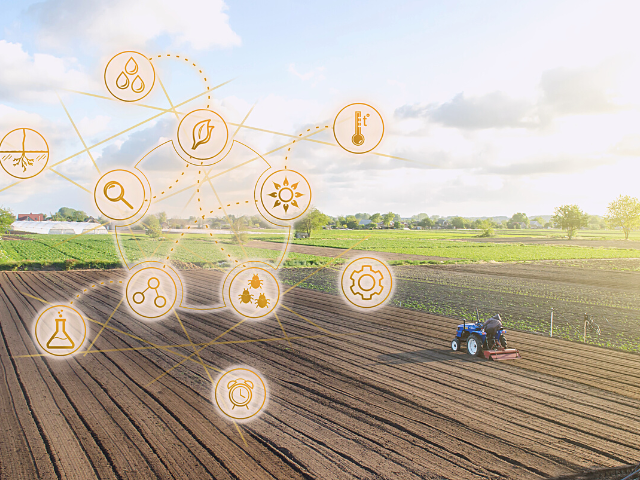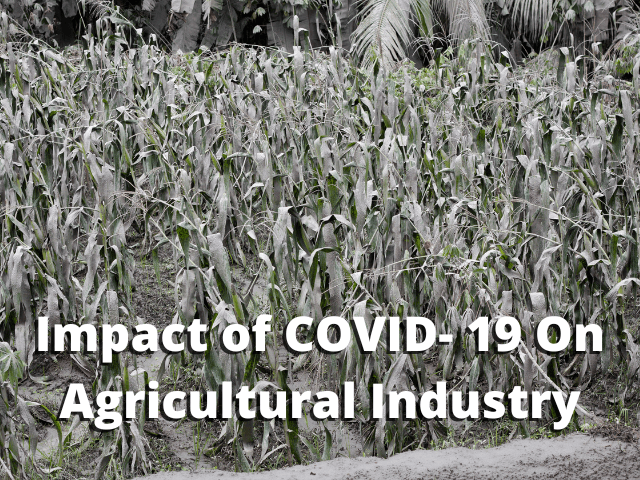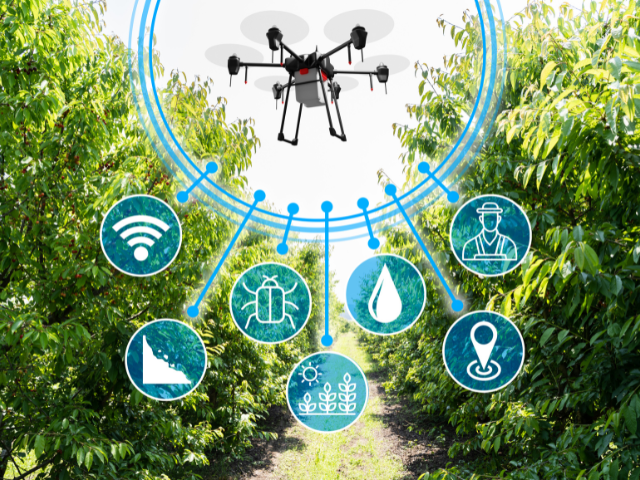By 2025, the Indian agricultural sector is expected to grow to a value of US$24 billion. With 70% of sales coming from retail, India has the sixth-largest food and grocery market in the world. The output of food grains in India is projected to be 316.06 MT in FY 2021–2022, according to the second advance estimate. Moreover, Agriculture in India is projected to register a CAGR of 4.9% during the forecast period (2022-2027).
Undoubtedly, the main source of employment in India is the agricultural sector, especially in the vast rural areas. Additionally, it makes a considerable contribution to the GDP (GDP). Some of the reasons promoting agriculture in the nation include the large share of agricultural land and the variety of agroclimatic conditions for farming different crops. Programs like the Parampara at Krishi Vikas Yojana (PKVY) encourage farmers to produce goods free of pesticides and residue, which is helping to boost organic farming.
In terms of vegetable output, India comes second behind the United States in the production of potatoes, onions, tomatoes, okra, eggplant, cabbage, and cauliflower. If better and higher-quality seeds are used, together with improved traits under the nation's superior crop agronomy, significant productivity gains can be made even with diminishing land and water resources. In India, the average yields in open fields have been continuously rising thanks to extensive hybrid agriculture.















